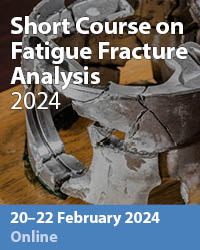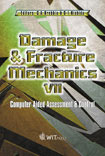The Failure Mode And Compressive Strength Of Consolidated Parts Of Ice Ridge Model
Price
Free (open access)
Transaction
Volume
37
Pages
Published
2002
Size
728 kb
Paper DOI
10.2495/DM020071
Copyright
WIT Press
Author(s)
H Saeki, Y Matsuo, Y Yasunaga, S Kioka & A Nagano
Abstract
The failure mode and compressive strength of consolidated parts of ice ridge model H.Saeki, Y.Matsuo, Y.Yasunaga, S. Kioka & A. Nagano Introduction An ice ridge is formed when ice blocks or rafted ice, which have been produced by gliding, pressing, and buckling of ice, are vertically piled up, which together make an ice ridge. The magnitude of the ice block varies, ranging from several tens of centimeters to several meters. The structure of the ice ridge consists of a sail of the upper part, a consolidated part around the water surface, and an unconsolidated part underneath. The consolidation mechanism includes pressure, latent-heat and heat-transfer consolidation which depends on the configuration, size, void and porosity of the sail and ice block, as well as meteorological conditions such as temperature (Prodanovic, 1979). Yet, its internal structure and heat balance are so complicated that they are not known clearly. As this first-year ice ridge often governs the design load of an offshore structure in an ice-covered sea area, understanding the strength properties of its consolidated portion where ice blocks are re-frozen is particularly important. Up to now, a consolidated part is often assumed to have one to two times the thickness of and the same strength as its surrounding level ice. Many laboratory tests and field tests have so far been performed on the keel (unconsolidated) part, which is regarded as Mohr-Coulomb material, and the internal friction angle or cohesion, etc. were measured to examine a characteristics of the shear strength on the keel part (Wong, 1986; Lepparuntu et. al., 1989). However, because restrictions and difficulties exist with the experimental techniques and requirements, few cases of research into the strength properties of a consolidated part are recognized as systematic research. Rogachko et.al. (1999) performed Indentation tests and compression tests inside and outside the laboratory to examine the ice ridge model, while Rogachko et. al. (1997) carried out laboratory tests to examine the strength of hummock, in particular considering the void effects. In this study, which specifically focuses on the consolidated part, an uniaxial compression test was conducted by artificially building a simplified
Keywords





